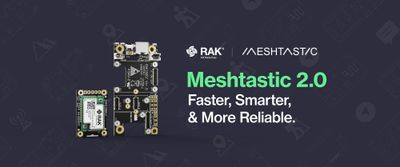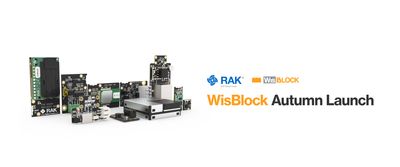How IoT Can Create A Safer Workplace During A Pandemic
Working from home has become the new normal since the onset of the COVID-19 pandemic. As more vaccinations roll out globally and restrictions ease, it’s only now that some companies have attempted to return to the physical workplace. This isn’t without its challenges. Even though the pandemic has slowed, COVID-19 is still a threat, especially when gathering in enclosed settings like an office. In a post-pandemic world, returning to work calls for serious health and safety protocols that aren’t always easy to maintain. But with the right tools in place, it’s possible to create a safer, smarter work environment.
In the post-pandemic workplace, IoT technology is a game-changer. It can help maintain safety systems that would otherwise be difficult to manage manually, such as regular disinfection, air quality regulation, or social distancing. If you’re an employer who’s considering a return-to-work plan, here are three ways IoT can help.
1. Air Quality Control
According to research, COVID-19 can stay airborne in indoor spaces for hours due to lack of ventilation and purification. This increases the possibility of spreading or catching the virus, especially when it’s a shared space. To minimize risk in the office, maintaining good air quality and proper ventilation is crucial.
In this case, IoT environmental sensors are a great way to monitor any space. They can gather actionable data like temperature, CO2, and humidity levels. Then, when an imbalance in the air quality is detected, IoT sensors can also be configured to automatically trigger a safety response, such as turning on an air regulating system or simply alerting employees. When it comes to measuring something as intangible and invisible as air quality may sound impossible, only IoT technology can provide the automation and accuracy you need.
2. Hygiene Tracking
We all know by now that frequent hand-washing and space disinfection is one of the best ways to protect ourselves against COVID-19. To maintain these health guidelines, offices need to have a constant supply of soap, tissue, and alcohol. Offices also need to be regularly disinfected to maintain cleanliness while employees come and go.
For this, IoT devices can help enable predictive cleaning and contactless use of facilities. Sensors, for example, can help detect when soap or tissue needs to be refilled. They can provide facility staff or managers with data needed to ensure regular disinfection of desks, rooms, and other shared areas in between uses. Certain modules can also be used to automate dispensers and doors. With its ability to closely monitor conditions, IoT can help improve overall hygiene and ease the burden of having to manually keep track.
3. Proximity Awareness and Contact Tracing
To maintain safety in communal areas, contact tracing and social distancing are crucial. However, there is only so much you can do to monitor the movement of large groups of people.
To solve this, the ideal solution would be to equip employees with wearable IoT devices that can help people stay more aware of their surroundings and interactions. Ideally, this solution would be operated via smartphone. Using a device that supports long-range wireless communication (such as LoRaWAN®) would also be beneficial, as it could enable useful alerts when, for example, someone has crossed the recommended distance or may have come in contact with a COVID-positive individual.
With the customizability of IoT, there are endless ways to set up the workplace for safer interactions. It may be a while before the world returns to pre-pandemic norms, but IoT technology can help ease the transition. With the right systems in place, companies can easily streamline safety protocols, lower the likelihood of infections, and ultimately give employees more peace of mind.
Explore more sensors, gateways, and other IoT products at the RAKwireless online store.
Our recommendations:
- WisBlock MQ2 Gas Sensor Module — Detects LPG, butane, propane, methane, alcohol, hydrogen, smoke, and other flammable steam.
- WisBlock Infrared Temperature Sensor Module — Measures body temperatures without physical contact.
- WisBlock PIR Module — Uses motion detection and can be used to automate soap dispensers, faucets, lights, etc.
- WisBlock Ultrasonic Sensor Module — Uses motion detection and can automate doors to.





